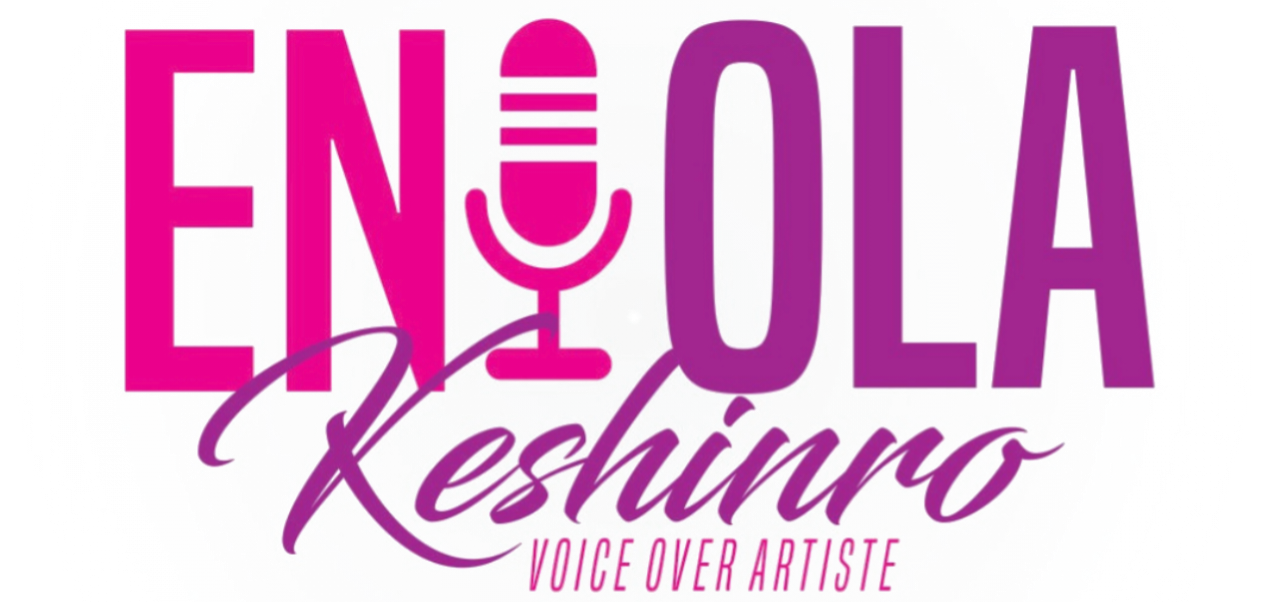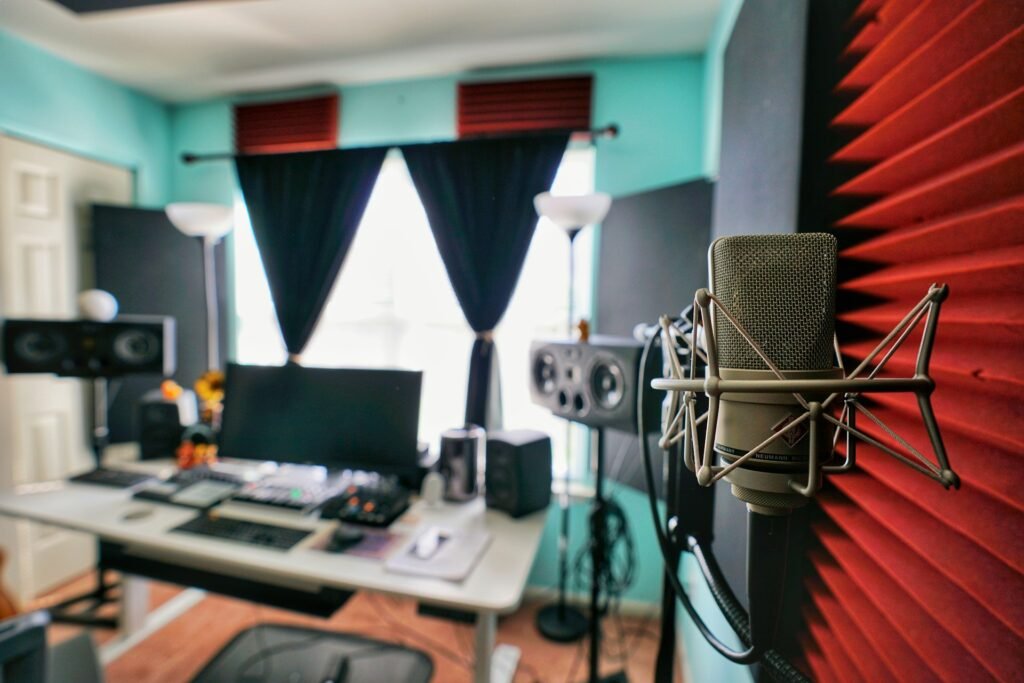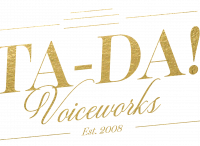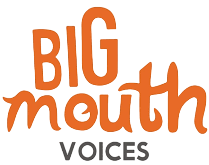Why do we instantly recognize Darth Vader’s breathing, Mickey Mouse’s cheerful squeak, or Morgan Freeman’s narration? Great character voices bypass our rational minds and connect directly with something deeper—our emotions, memories, and psychological associations. Understanding this connection is the key to creating voices that audiences never forget.
How Our Brains Process Voices
The human brain processes voices differently from other sounds. Within milliseconds of hearing someone speak, we unconsciously gather information about their age, gender, emotional state, social background, and personality. This happens in the brain’s limbic system—the same area that handles emotions and memories.
Character voices exploit this automatic processing. When James Earl Jones delivers Vader’s lines in that deep, mechanically-assisted baritone, our brains instantly categorize it as “powerful and threatening.” When Tom Hanks speaks as Woody with that friendly, slightly nasal quality, we hear “trustworthy and approachable.” These aren’t conscious decisions—they’re psychological shortcuts our minds take based on vocal cues.
This is why great character voices feel immediate and instinctive. They’re designed to trigger specific psychological responses that align perfectly with the character’s role in the story.
Vocal Archetypes and Their Power
Certain vocal patterns tap into universal psychological associations that transcend culture and language. These archetypes form the foundation of memorable character work.
The Authoritative Leader uses a lower pitch, controlled pace, and steady volume. Think Mufasa or Optimus Prime. Deep voices trigger associations with physical size and dominance, qualities we’ve evolved to respect. The measured delivery suggests wisdom and control, exactly what we want from a leader figure.
The Innocent Child employs a higher pitch, faster pace, and more vocal variety. Characters like Elsa (young) or Nemo use these patterns to trigger our protective instincts. Higher voices signal youth and vulnerability, making us want to care for and believe in these characters.
The Wise Mentor combines moderate pitch with deliberate pacing and warm tone. Gandalf, Dumbledore, and Yoda all use variations of this pattern. The slightly aged quality suggests experience, while the warmth indicates benevolent intentions—perfect for characters meant to guide heroes.
The Comic Relief features exaggerated vocal qualities—unusual pitch patterns, unexpected rhythms, or distinctive speech impediments. Think Genie, Olaf, or Dory. These voices break normal speech patterns in ways that surprise our brains, triggering laughter and making characters memorable through sheer distinctiveness.
The Villain often uses either extremely controlled delivery (suggesting calculating intelligence) or chaotic patterns (suggesting instability). Compare the measured menace of Scar with the manic energy of the Joker. Both approaches create unease, but through different psychological mechanisms.
Emotional Memory and Voice Connection
Our strongest memories are tied to emotions, and voices are incredibly effective at triggering emotional recall. This is why hearing your mother’s voice can instantly transport you to childhood, or why a particular accent might remind you of a beloved teacher.
Character voices that become truly iconic tap into these emotional memory networks. They don’t just sound distinctive—they make us feel something specific every time we hear them. Mickey Mouse’s voice doesn’t just sound cheerful; it activates our associations with joy, innocence, and wonder. Darth Vader’s breathing doesn’t just sound mechanical; it triggers our primal fears of the unknown and uncontrollable.
The most memorable character voices create what psychologists call “emotional anchoring.” Each time we hear that voice, it reinforces the emotional association, making the connection stronger. This is why we can recognize these voices instantly, even out of context.
The Mirror Neuron Effect
Recent neuroscience research reveals that when we hear someone speak, our brains partially mirror their vocal production. We unconsciously simulate making those same sounds, which helps us understand not just the words, but the emotional state behind them.
This mirroring effect is crucial for character voices. When we hear Kermit’s distinctive vocal placement and slightly strained quality, our brains mirror that effort, making us feel the character’s earnestness and vulnerability. When we hear Batman’s gravelly rasp, we mirror the tension and intensity, feeling the character’s determination and edge.
Great voice actors understand this instinctively. They don’t just create sounds—they create physical vocal experiences that audiences unconsciously share. This shared experience deepens character connection far beyond what words alone could achieve.
Cultural and Personal Associations
While some vocal responses are universal, others are deeply cultural or personal. Accents, speech patterns, and vocal qualities carry associations that vary dramatically between different groups and individuals.
A Southern American accent might suggest warmth and hospitality to some listeners, but trigger different associations for others based on their personal experiences. A British accent might imply sophistication or authority in some contexts, while suggesting stuffiness or distance in others.
Successful character voices navigate these associations carefully. They use culturally specific vocal elements to enhance character development while avoiding patterns that might alienate or stereotype. The goal is to add depth and authenticity without reinforcing harmful assumptions.
Practical Applications for Voice Actors
Understanding voice psychology transforms how you approach character development. Instead of randomly choosing vocal qualities, you can make deliberate choices that support your character’s psychological profile.
Start with the character’s core emotion. What feeling should audiences have when they hear this voice? Fear, comfort, excitement, trust? Let this emotional goal guide your vocal choices.
Consider the character’s background. Age, social status, education, and life experiences all influence how someone speaks. A character who’s lived through hardship might have a more measured, careful delivery than someone who’s lived comfortably.
Think about physical characteristics. Size, health, and physical condition affect voice production. A large character might naturally have more resonant low frequencies, while an energetic character might speak faster with more vocal variety.
Use contrast strategically. Sometimes, the most memorable voices deliberately contradict visual expectations. A huge character with a tiny voice, or a small character with a booming presence, can be incredibly effective because they surprise our psychological expectations.
Practice emotional consistency. Once you’ve chosen your character’s core vocal qualities, maintain them consistently. This consistency builds the emotional anchoring that makes voices memorable.
Building Character Voice Libraries
Professional voice actors often develop systematic approaches to character creation. They build libraries of vocal qualities tied to specific personality traits, emotional states, and character types.
Create your own reference system. Record yourself exploring different combinations of pitch, pace, rhythm, and vocal placement. Note which combinations trigger specific emotional responses in you—if they affect you as the creator, they’ll likely affect your audience similarly.
Study voices that move you, both in professional media and real life. What makes certain people’s voices immediately trustworthy, authoritative, or comforting? How do they achieve these effects technically? Understanding the psychology behind your own vocal responses helps you create similar effects intentionally.
The Unconscious Connection
The most powerful aspect of character voice psychology is that it works below conscious awareness. Audiences don’t think “this deep voice makes me respect this character”—they simply find themselves respecting the character. They don’t analyze why a particular vocal quality makes them laugh—they just laugh.
This unconscious connection is what separates good character work from great character work. Good voices are technically proficient and appropriate for their characters. Great voices create immediate, involuntary emotional responses that bypass rational thought and connect directly with the audience’s psychology.
When you master this psychological dimension of voice work, you’re not just creating characters—you’re creating experiences that resonate in listeners’ minds long after the performance ends. That’s the true power behind every memorable character voice: the ability to touch something fundamental in human psychology and leave a lasting impression that feels both surprising and inevitable.
The Lasting Impact
Great character voices don’t just serve their immediate stories—they become part of our collective cultural memory. They shape how we think about personality, emotion, and human connection. When you create a truly memorable character voice, you’re not just entertaining an audience—you’re contributing to the rich tapestry of sounds that help define how we understand ourselves and each other.
The psychology behind memorable character voices reminds us that voice acting is ultimately about human connection. Every vocal choice you make is an opportunity to reach across the space between performer and audience, touching something real and lasting in the human experience.










